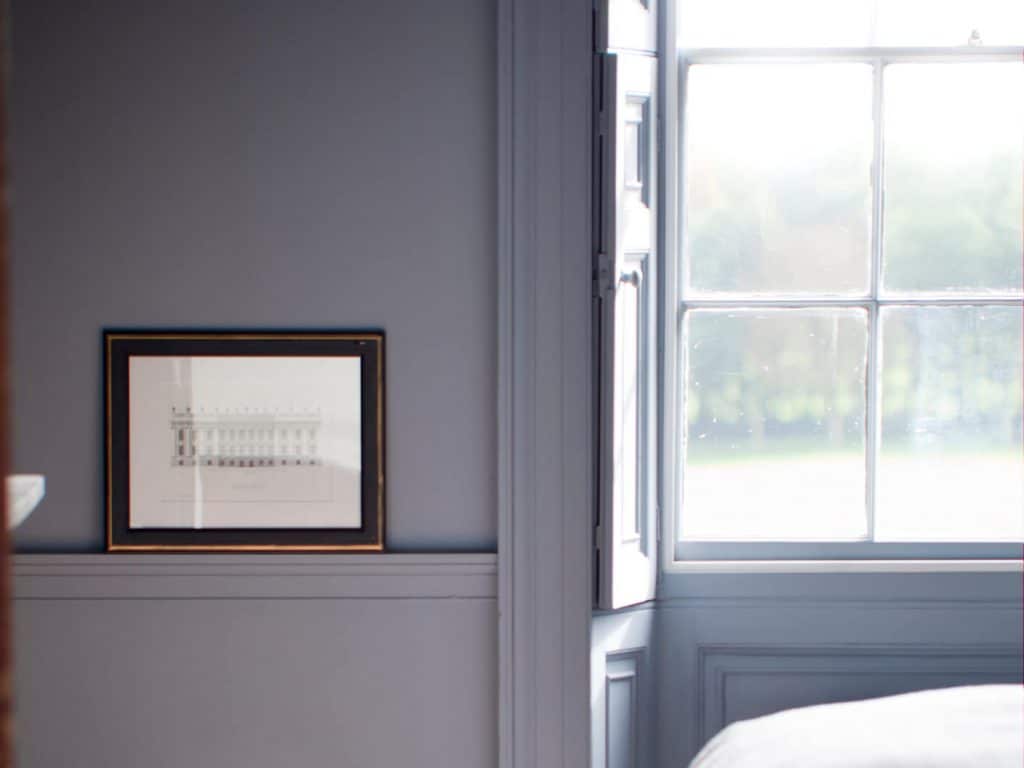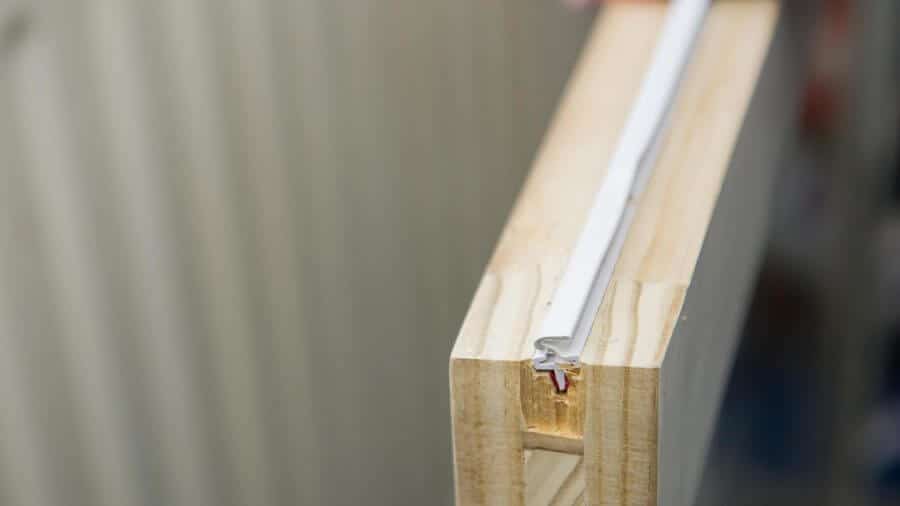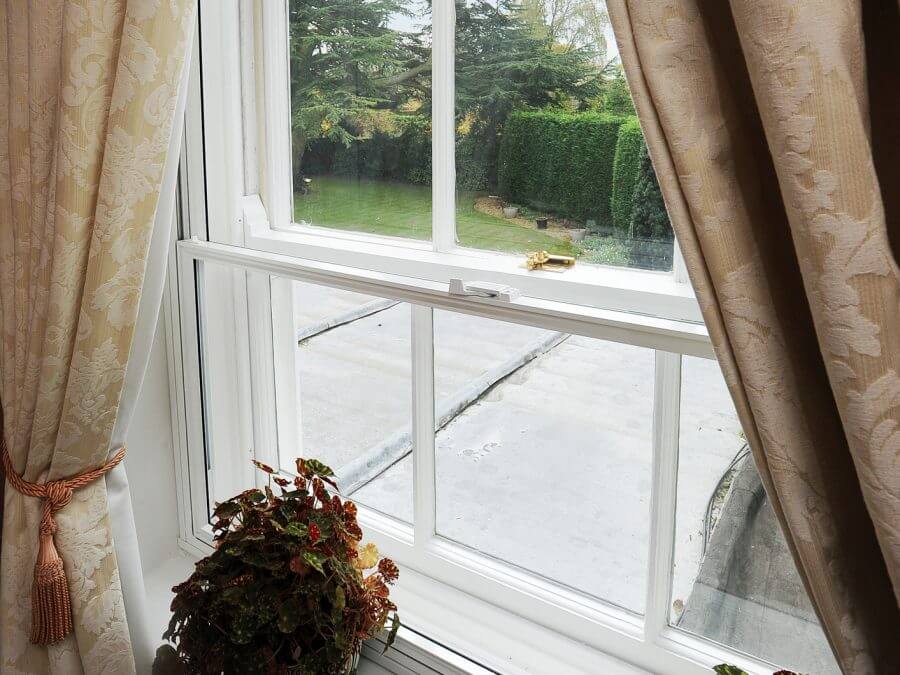What Can I Do To Combat Rising Fuel Bills?
 With rising fuel bills, we take a look at how to save energy in your home – starting with your windows.
With rising fuel bills, we take a look at how to save energy in your home – starting with your windows.The dramatic hike in domestic fuel bills has been making headlines for the past few months. Since the start of October, around 15 million households have seen their energy bills rise by 12%, thanks to the energy price cap increase. And energy regulator Ofgem has warned that the cap will rise again in April when it’s next reviewed.
What Can I Do To Combat Rising Fuel Bills?
While there’s nothing we can do to alter the cost of gas and electricity, we can make small changes around the house to lower the energy we use. From switching lights off as you leave a room and not leaving appliances on stand-by to cutting the time spent showering, there are many simple ways we can help keep our bills down.
Invest in bigger changes for long-term benefit
But there are also significant changes we can make to our properties, so they’re more energy efficient – something that’s especially important if you live in a period home. Adding loft and wall insulation, installing thermostats on radiators, and upgrading heating systems are all great ways to reduce the energy you use. Check out a wealth of tips online – including those on the Simple Energy Advice website.
FACT: 40% of heat is lost through doors, windows, and floors.
Updating windows and doors is another effective way to keep your home warmer – reducing the cold air coming in as well as preventing warm air from escaping. For older properties with original timber windows, ill-fitting frames and sashes can be a significant cause of high energy bills. But what happens when you want to keep your original features – and not replace them with new ones? The good news is, that there is something you can do – and that’s draught-proof them.
 Installing a draught-proofing system eliminates heat escaping from your windows
Installing a draught-proofing system eliminates heat escaping from your windowsDealing with the problems caused by gaps around sash and casement windows is a speciality of timber window experts, Ventrolla. In fact, their innovative solution – the Ventrolla Perimeter Sealing System (VPSS) – can be fitted to any sash or casement window. It not only keeps warm air in, by sealing the gap around sashes, but it also stops windows from rattling, prevents water and dust ingress, and helps to reduce outside noise from being heard in your home. This discreet solution ensures your windows retain their original charm, but offer you more of the modern comfort you long for.
Secondary glazing is another great way to combat draughts. An additional barrier to the elements, secondary glazing also creates an insulating layer of air – this is as important to the retention of energy as the fitment and seals are. Ventrolla offers two designs to complement different property styles, and it can also be fitted in Listed homes.
Prioritise your home’s main problem areas to make energy efficiency changes affordable
If you’re put off by the thought of investing in draught-proofing or installing secondary glazing on every window of your house, remember that you don’t have to tackle them all in one go. Focus on rooms where you spend the most time and feel the coldest draughts to start with.
 Secondary glazing is an option for improved thermal efficiency in your home
Secondary glazing is an option for improved thermal efficiency in your home
Combat rising fuel bills with high performance timber windows from Ventrolla
Not sure which windows are causing the biggest problems? Ventrolla offer a free, no-obligation survey. Our experts can review your home and make suggestions about which windows would benefit most from VPSS. Ventrolla can also survey exterior doors, so if a warped or rotten front or back door is making your home cold, just let us know.
Contact us today to arrange a no-obligation survey.
